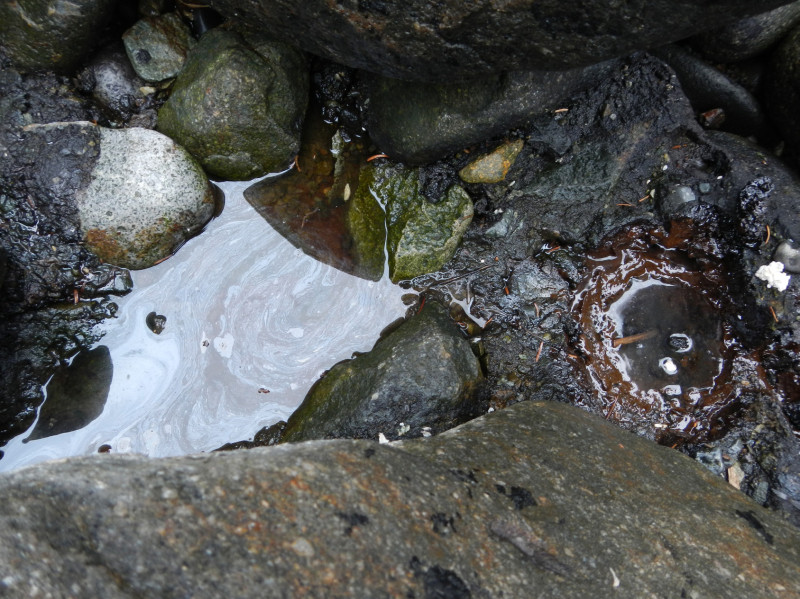http://www.floridatoday.com/article/20140228/COLUMNISTS0205/302280004/Guest-column-Seismic-testing-could-harm-marine-life?gcheck=1&nclick_check=1
Feb. 27, 2014 |
11 Comments
Hands Across the Sand, sponsored by the Cocoa Beach Chapter of the Surfrider Foundation, will take place May 17 at Lori Wilson Park in Cocoa Beach. / FLORIDA TODAY FILE
Written by Jackie Beatty, Guest columnist
The decision on whether or not to allow seismic testing from the New Jersey to Florida’s coastline will be made this spring.
The U.S. Department of the Interior wants to perform surveys to detect offshore oil and gas deposits. If approved, boats towing airguns will send high-decibel sound blasts through the ocean every 10 seconds for months on end.
Dolphins and whales rely on their hearing to catch food, communicate and reproduce. Airgun blasts kill fish eggs and larvae and scare away fish from habitats. It will disrupt the vital behaviors of millions of other marine animals including sea turtles. Imagine trying to carry out your day with a deafening blast every 10 seconds.
In a press release about the testing, Interior Secretary Ken Salazar stated: “Interior is taking steps to assess the renewable energy resource potential in the Mid- and South Atlantic.”
Oil and gas are nonrenewable resources. Solar energy, wind power, and hydropower are renewable energies. Salazar referred to seismic surveying as “safe exploration.” That’s ironic since the Department of the Interior was the government agency that estimated seismic testing in the Atlantic will injure or kill as many as 130,000 marine mammals. This press release reported nothing about how damaging seismic testing is to our ecosystem.
Oceana, an international organization focused on ocean conservation, states, “In addition to being devastating for marine life, seismic airguns are the first step toward dangerous and dirty offshore drilling with associated habitat destruction, oil spills and contribution to climate change and ocean acidification.”
After the Deepwater Horizon disaster in the Gulf of Mexico almost four years ago, that ecosystem remains in crisis and will be for the rest of our lifetimes and beyond.
Drilling for oil will not solve our nation’s energy needs. The Department of Energy has said that fully developing all of our nation’s offshore oil reserves would lower gas prices by only 3 cents.
Oceana states: “Instead of making drilling safer, Congress chooses to give Big Oil billions of dollars in tax breaks each year and allow those companies to expand drilling.”
The people who are padding their pockets with this money don’t care about our environment, us, or investing in renewable resources. We cannot leave the state of our environment in the hands of our government. We must create change and take action. We have to fight against these attacks on our ecosystem.
Visit www.surfrider.org/campaigns to sign a petition.
Also please join us at Hands Across the Sand on at 11 a.m. May 17 at Lori Wilson Park in Cocoa Beach to say no to off shore drilling, dirty energy and dirty corporations destroying our Earth for profit.
______________________
Beatty is a member of the executive committee of the Cocoa Beach Surfrider Chapter. The Surfrider Foundation is a nonprofit organization dedicated to the protection and enjoyment of our world’s oceans, waves and beaches.
[Image]
Special thanks to Richard Charter
